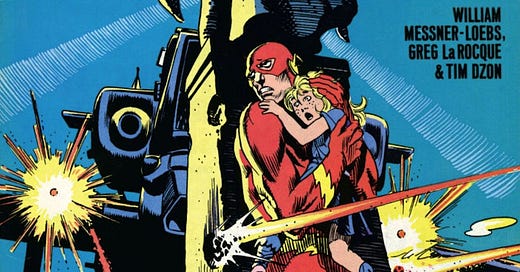Guy Gardner is back and Firestorm takes a stand
Checkmate! 8, Detective Comics 591, Firestorm 77, Flash 18, Hawk & Dove 2, Justice League International 19
Our July 1988 coverage continues with some weighty subjects this week, even if the star of this selection is clearly Guy Gardner and his return to original form in this month’s Justice League International. Let’s dive right in.
Keep reading with a 7-day free trial
Subscribe to Pulp Empire to keep reading this post and get 7 days of free access to the full post archives.




